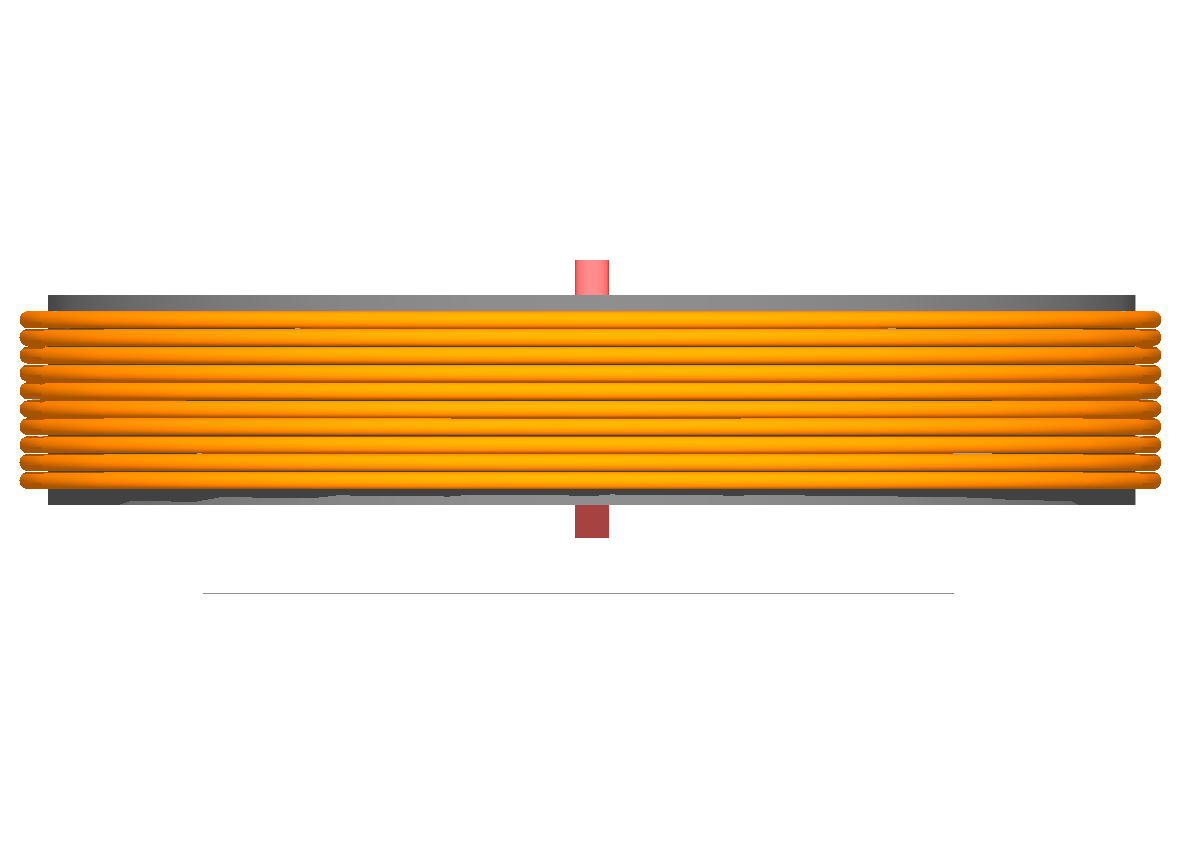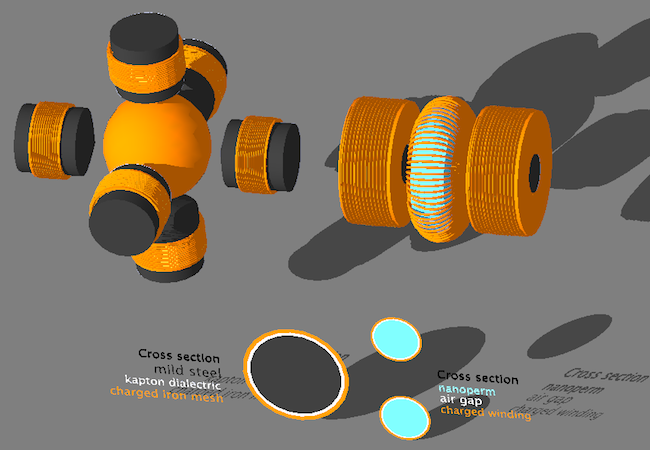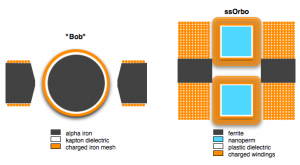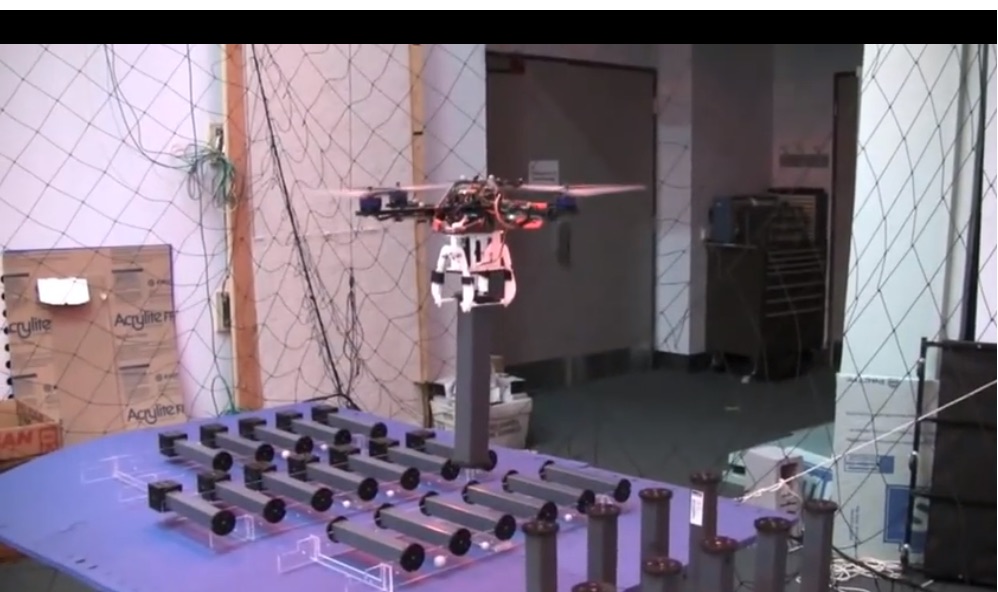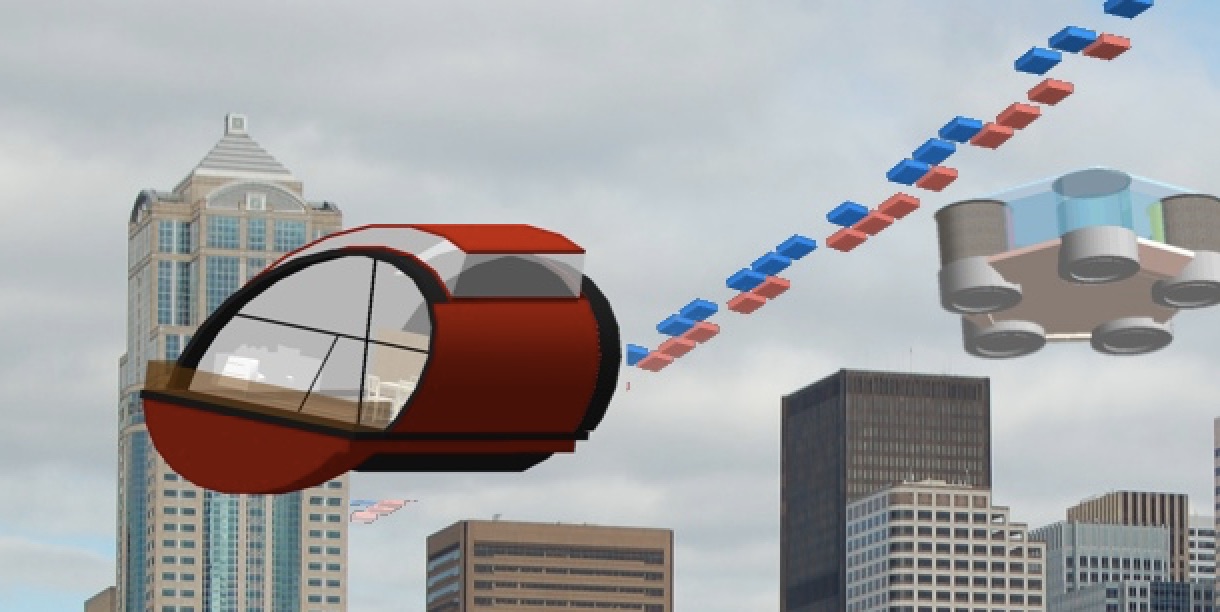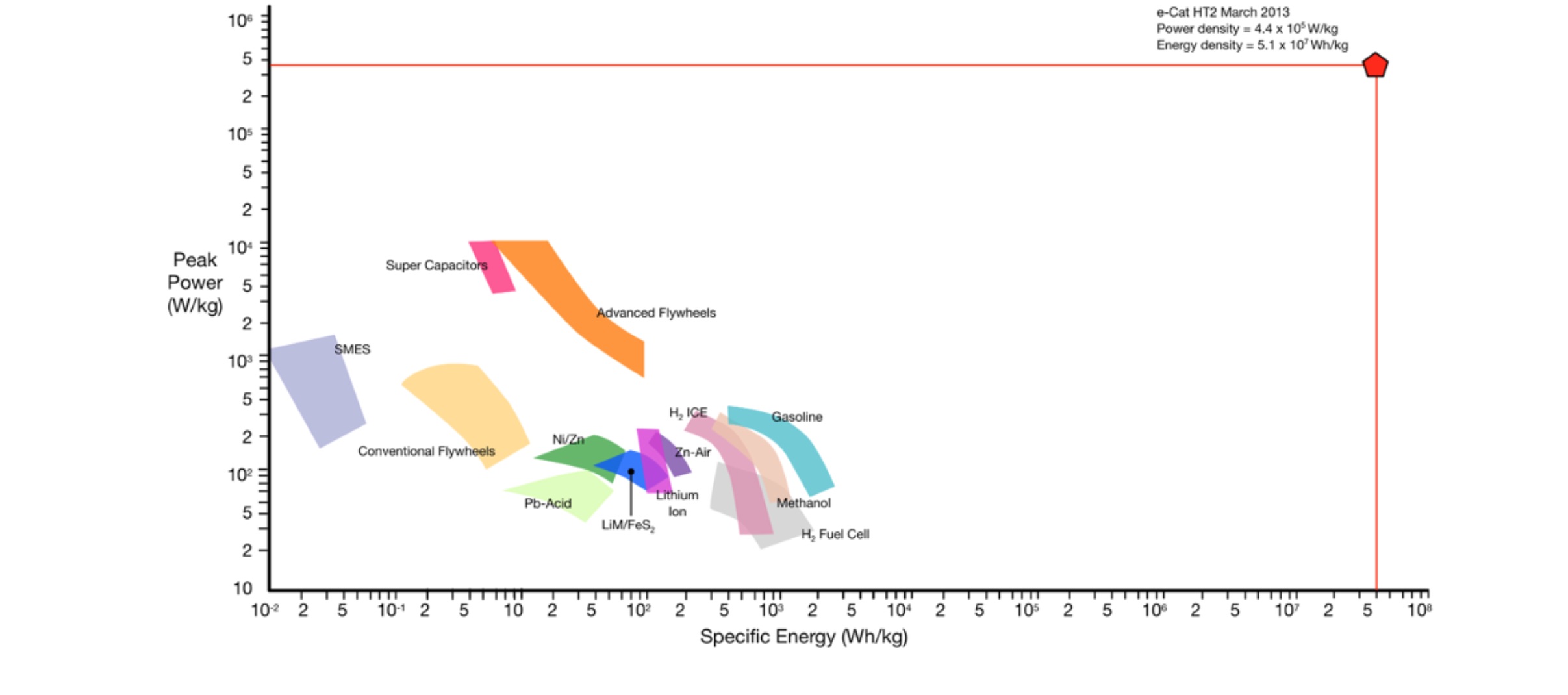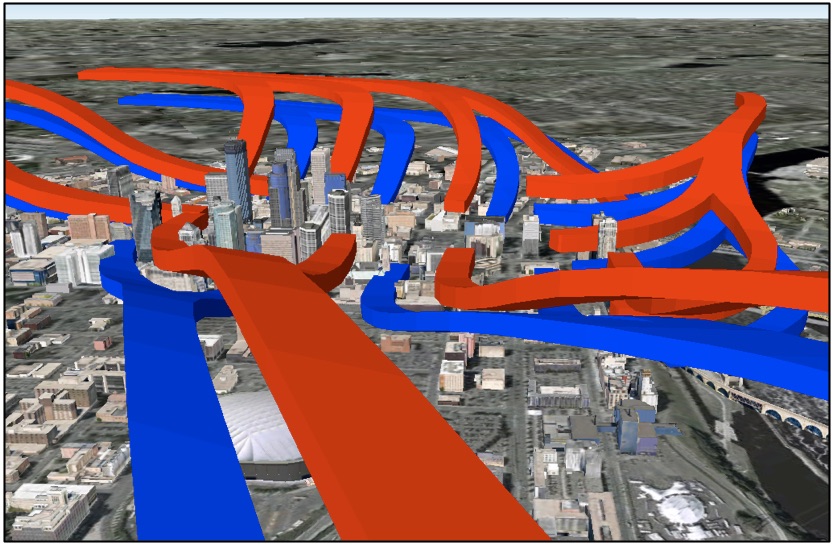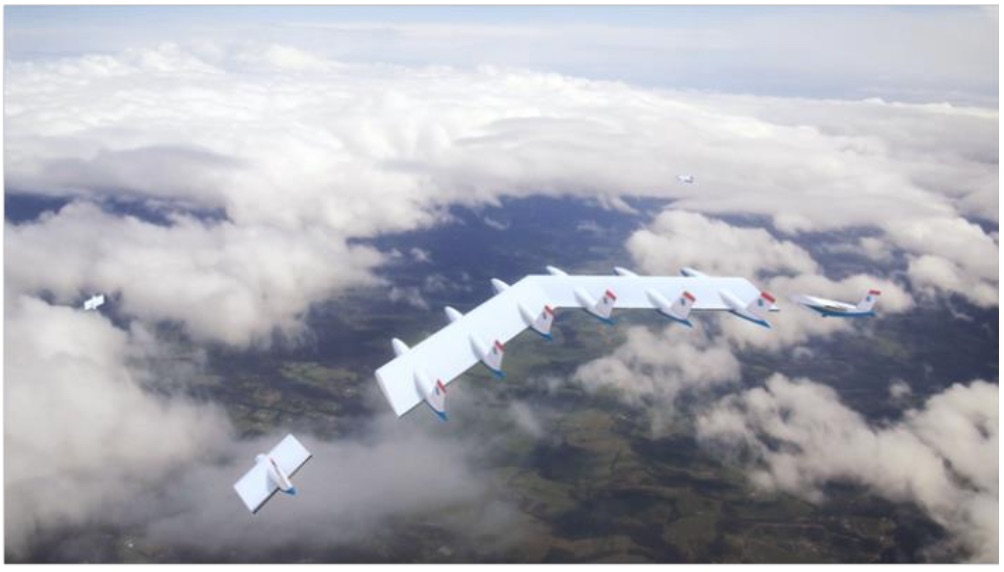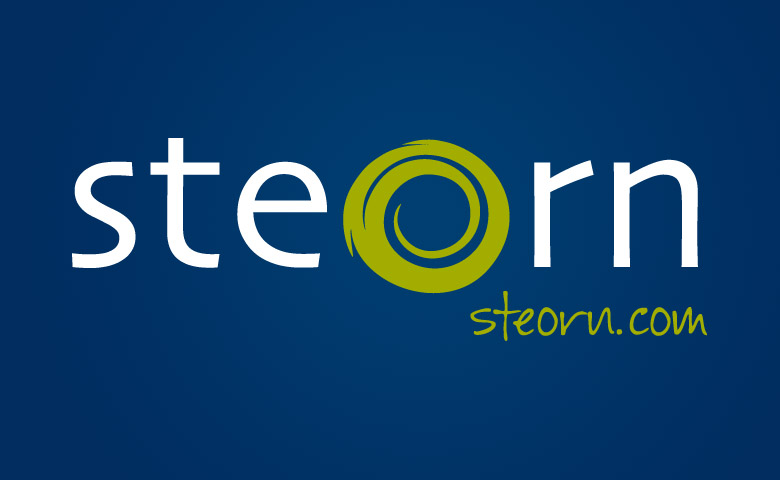In the upcoming book, New Frontiers in Space Propulsion, chapter 7, Elementary Primer of Field Propulsion Physics, was authored by Walter Dröscher and Jochem Hauser. They make several interesting points about generating extreme gravitomagnetic fields that have not previously been addressed in their writings but which add new depth to their writings on the topic. This will likely be expanded upon in their upcoming book, Introduction to the Physics and Astrophysics of Gravity- Like Fields.
Although much of the text in that chapter summarizes past points of discussion, these new points either reinforce directions in their research or suggest new potentials with design implications. The following text either paraphrases or takes verbatim the statements of those authors. I follow that content with some suggestions of design implications.
1. The example of a laboratory experiment is calculated to produce a relatively large acceleration of gG = 0.32g, where g denotes the acceleration of the Earth. It will be described in section Setup of the Heim Experiment in their upcoming book Introduction to the Physics and Astrophysics of Gravity- Like Fields.
Design Implications – If an axial acceleration force of approximately a third of Earth’s gravitational field can be generated in a laboratory experiment, it would be an extraordinary event requiring extraordinary evidence and likely requiring multiple replications to be validated. One interesting methodology to accelerate the replication would be to “open-source” the experiment through online and live streaming of data such as can be found at the Martin Fleischmann Memorial Project.
2. We do not know the exact spatial extension and shape of the gravity-like field as well as its acceleration effect on the total mass of the space vehicle. The gravitomagnetic field as generated by Tajmar et al. has at least an extension of several centimeters, the Nb ring has a diameter of 15 cm.
Design Implications – If an axially generated extreme gravitomagnetic field is short in range, similar to the several centimeter field generated by the circumferential gravity-like field generated by Tajmar et al., then it suggests a more proximal rather than distal effect on objects. Though some authors have suggested the possibility that long range gravitational pulses could be generated (Podkletnov, for example), a short range effect would mean that the field could still encompass a generating device, but projecting fields at distances for shields, tractor effects, etc. on distant objects would be less likely. The shape of the field is also unknown, but if intersecting fields might influence the overall shape of a field (similar to intersecting magnetic fields) then some distortion or reshaping might be possible.
3. The strength of the extreme gravitomagnetic field might be due to the existence of anyons. Anyons are particles introduced by F. Wilczek (Anyons, Scientific American, May 1991) that are suggested to be generated through symmetry breaking , triggered by cryogenic temperatures or material composition. For instance, there are crystal structures that possess surface layers of only few atoms thickness such as copper oxide high-temperature superconductors that are composed of planes of atoms stacked on top of one another.
Design Implications – This suggests that thin flat films, coatings or layers might generate a field stronger than a bulk material. Not only might this reduce the costs by allowing a thinly coated disk, ring or sphere to take the place of thicker (hence more expensive) materials, but also that modulation of the thin film might be used to direct or concentrate the field.
4. A gravity-like field generator operating at ambient temperature would be the ultimate field propulsion device. In the same sense as a high-temperature superconductor is the ultimate goal in superconductivity research, a gravity-like field generator operating at ambient temperature would be the ultimate field propulsion device. In Introduction to the Physics and Astrophysics of Gravity- Like Fields the authors are said to discuss a combination of 20 materials and their arrangement that, according to their “Gedanken experiment”, might have the desired properties to generate extreme gravity-like fields at ambient temperatures. An ambient-temperature gravity-like field generator would encounter obstacles, just as are the experimental difficulties of producing a technically feasible high-temperature superconductor.
Design Implications – If generating an extreme gravitomagnetic field is as difficult a process as discovering materials for generating practical ambient-temperature superconductors then this is a great challenge. However, it should be noted that isolated detection of superconductors at temperature higher than that of some solder alloys have been reported, though preparation and other requirements of these materials keep them from being easily manufactured or maintained.
5. The existence of three gravitational constants gives rise to three different propagation speeds. That is,
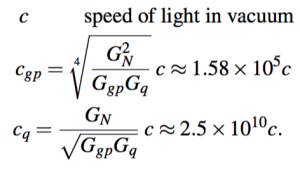
It is therefore conceivable that spaces exist that may allow for propagation speeds cgpor cq. It is not known how a material body could enter and leave such a hypothetical hyperspace, nor would we know how to navigate in such a space.
Design Implications – Droscher and Hauser’s original award winning AIAA paper, “Guidelines for a space propulsion device based upon Heim’s Quantum Theory” in 2004 discussed the possibility of transitioning to this hypothetical hyperspace (while at ambient temperature). Certainly, entering hyperspace to reach a theoretical speed more than a billion times the speed of light would have far-reaching implications for interstellar travel without need for wormholes or “warp” drives.
